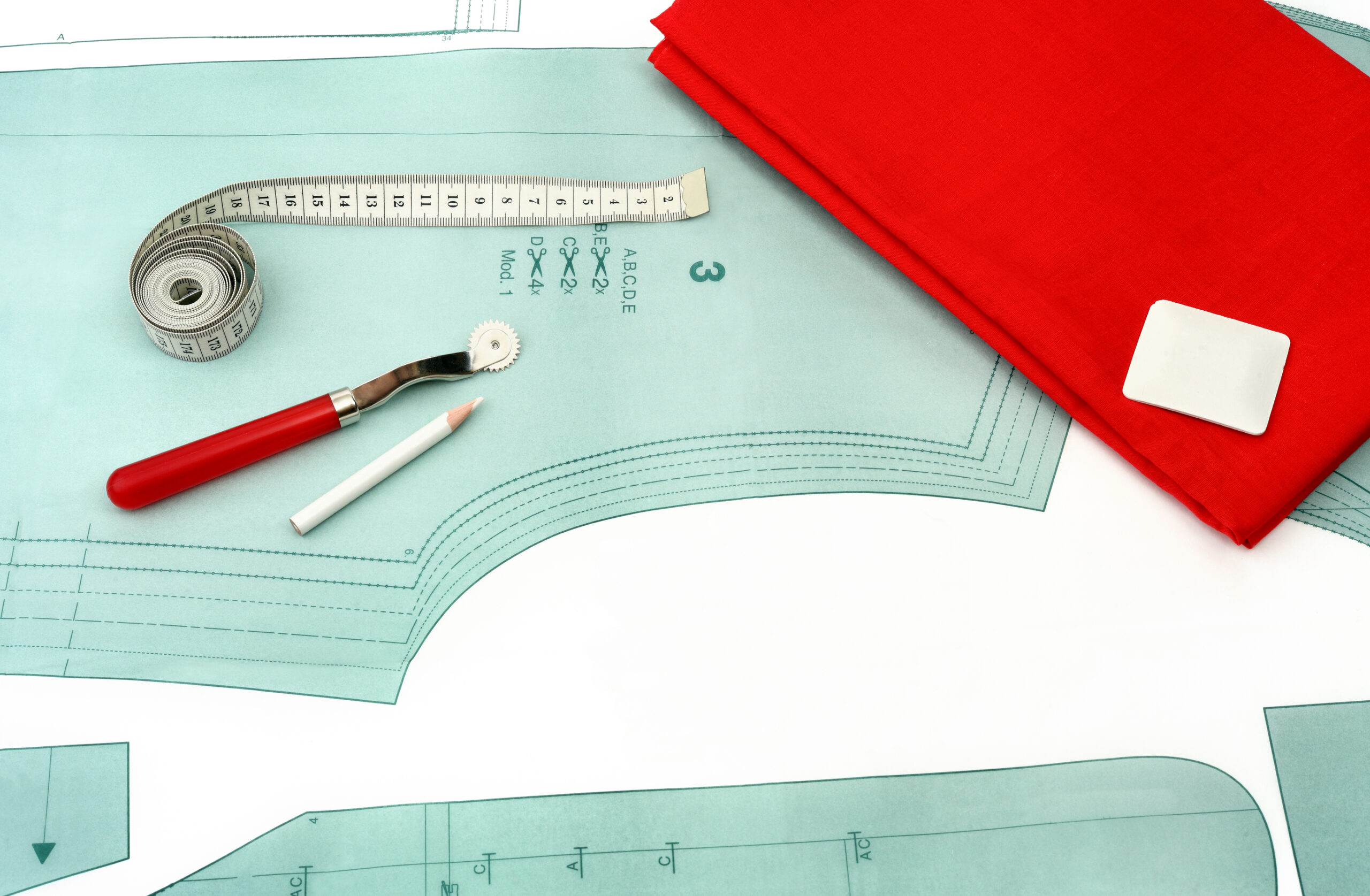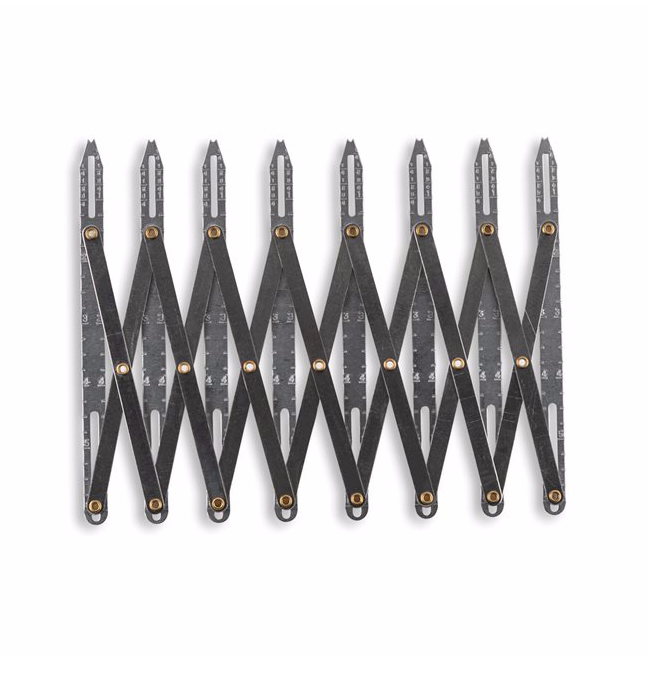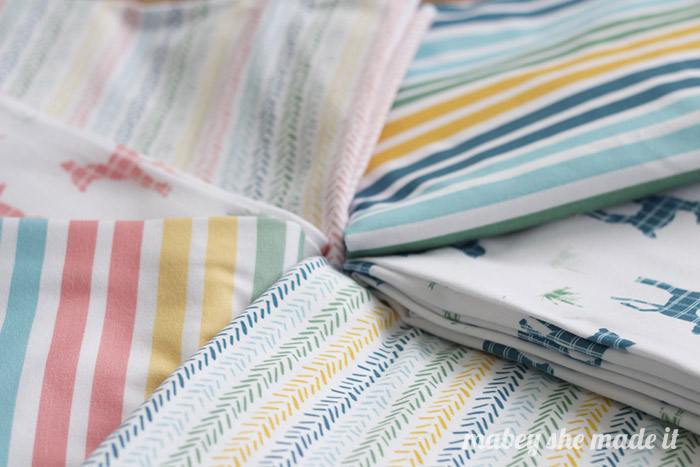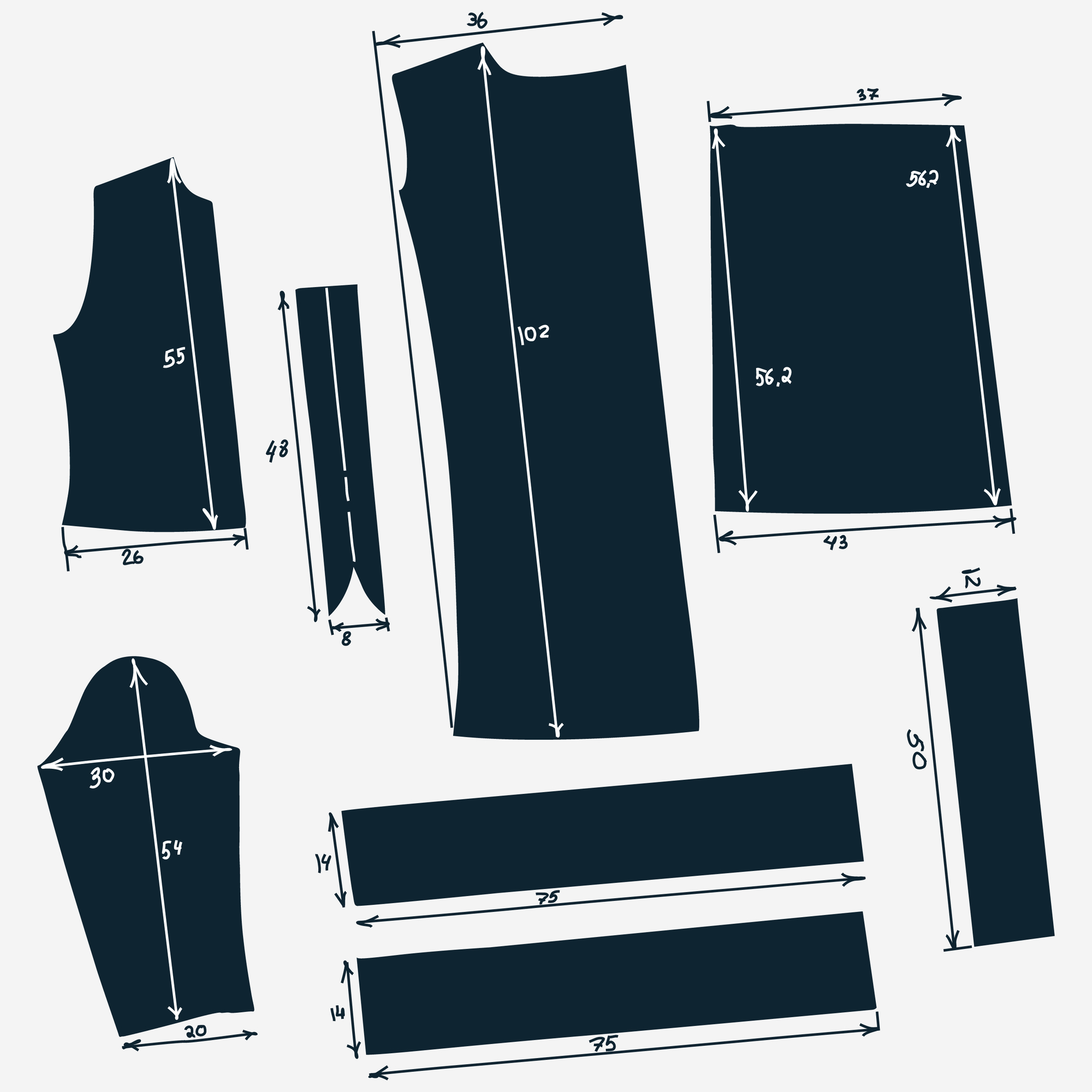 Cutting patterns in preparation for sewing is definitely my least favorite sewing chore but its necessary. So every time I can read up on and think about better ways to get it done I do. And today I’m sharing some of those time (and sanity) saving methods with you in case you’re in the same boat.
Cutting patterns in preparation for sewing is definitely my least favorite sewing chore but its necessary. So every time I can read up on and think about better ways to get it done I do. And today I’m sharing some of those time (and sanity) saving methods with you in case you’re in the same boat.

Tips for Cutting Patterns in Record Time
Use selvage edges for things like pocket tops or seams that you would have otherwise had to finish
I don’t do this often, but sometimes its such a time-saver. And its a double time saver since that’s one more edge you don’t have to finish later on.
1. Use pattern weights instead of pins
I’ve never gone back to pins since I tried pattern weights. You just plop them down on your pattern pieces, and they keep things from shifting. No more pins in the cutting process. Ever. Again. Use large washers, tape dispensers, your quilting ruler–pretty much anything with weight. I place them around the corners or details of the pattern, and just zip through it. They’re also great for delicate fabrics so you don’t snag anything.
I love these pattern weights and need some more since I use weights all the time. You just plunk them down and cut!
2. Use a rotary cutter
Rotary cutters saves so much time and gives a cleaner cut edge. Use a small size for curves (try the 28mm for awesome smooth curves and no jagged edges). This is another one where I’ve never gone back. I have great dressmaker’s shears and I use them, but not when I’m cutting unless I need to clip corners. The exception to this was when I was making jeans. I used my shears for that, and loved it. I’m not sure why the fabric weight changed my preference on that project.
[disclaim]
I have a couple of rotary cutters and a large mat–here’s what I recommend.
- Cutting Mat: the larger the better. This is the one I use because it fits my table top and I love that its gray instead of green.
- Large Rotary Cutter: Olfa makes great rotary cutters. This one comes in turquoise or purple and cuts great. Also make sure you have fresh blades on hand for fast and super clean cutting.
- Small Rotary cutter: Curved edges are easier with a smaller diameter blade. I love my 28mm blade.
- Dressmakers Shears: You have to have a great pair of shears too. These Ginghers are amazing–you want the bent handle so your blade sits flush with the table for cleaner and more accurate cuts.
[/disclaim]
3. Overlap main pieces and pocket piece so the seam lines match up
Tape the main and pocket pieces together for in-seam pockets and cut them as one piece. It saves time in the cutting and then again in the sewing. This can also work with facings.
4. Stack the main and lining fabrics and cut them both out at once
This also works for interfacing. I always hate that I cut all the pieces out of my main fabric then remember I have to cut all over again in lining or interfacing. So this literally cuts cut time in half when you’ve got these pieces.

Look closely here and you’ll see that I have my main (navy), lining (plaid), and interfacing all stacked and folded. So instead of cutting 6 separate pieces, I cut once and got all 6 done in one quick step.
5. If you’re making more than one garment, cut two at once
You know you have a favorite pattern–just go ahead and cut two out a once. Stack your fabrics, place your pattern, and with just one cut you’ve got double the work done.
6. Cut large pieces first
Maybe this is a psychological trick, but getting the big pieces out of the way makes it seem like I’ve done most of the work already. Of course, its also a good idea to do this so you have enough fabric for the big pieces, but it seems like a cutting trick too.
7. Have a cutting session
This isn’t so much about saving time during cutting, but it works for me. Cut out several patterns while you’re in the groove, and then you’ll be able to enjoy the sewing process for longer without having to come back to cutting. I’ll sometimes cut 5 patterns at a time while my kids play at my feet and then when I have a free minute I can sew not cut.
I like to batch tasks like this with taping and cutting patterns and cutting the fabric, and it really makes the whole thing better.









I'd love to hear your thoughts–leave me a comment!